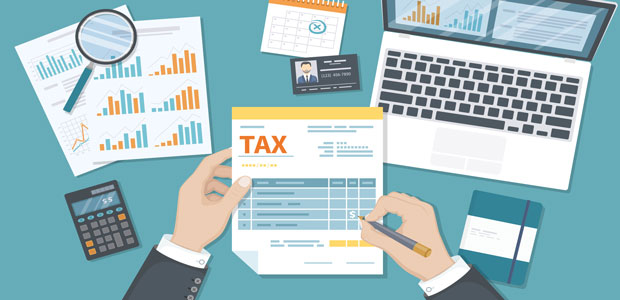
Still not MTD compliant? Four ways to fix it
It’s been two years since the very first digital tax pilot from HMRC, commonly known as Making Tax Digital (MTD). Initially, HMRC required UK businesses above the VAT threshold to process their returns digitally. It has now been announced that businesses that are VAT registered and are below the VAT threshold must also be compliant with MTD, from April 2022. The self employed and landlords must be compliant by April 2023.
A ‘soft landing period’ was granted to businesses adopting MTD in the first phase, giving them 12 months to get their systems digitally linked and compliant. The good news is that HMRC has extended this ‘soft landing period’ until April 2021 and has announced that businesses can defer VAT payments due between 20 March 2020 and 30 March 2020 due to COVID-19 disruption.
There are more digital tax requirements on the horizon and MTD isn’t going away any time soon so businesses should think about this sooner rather than later.
If you haven’t signed up yet, Donna Torres, Director of Small Business at Xero EMEA, shares her tips on how to make the transition as smooth as possible.
1) Research your software options
Research all of the software options on the market to decide which one is best suited to you and your needs. Bear in mind that it will be far easier to use online accounting software as opposed to desktop software - which is not typically able to submit tax online.
Make sure that the software you choose is easy to use and ticks the following boxes:
- Automatically calculates the tax you owe (including VAT and payroll tax).
- Pulls transaction data straight from your bank, your invoicing software, or your POS system.
- Updates your transactions every day, allowing you to stay on top of bank reconciliations.
- Creates digital records of paper receipts by photographing them with your mobile.
2) Familiarise yourself with deadlines
To avoid last minute cramming ahead of Tax deadlines, make sure you have diarised the dates when your VAT returns are due. If you pay your VAT in quarterly periods, your deadline for VAT is usually one month and seven days after the end of the VAT period, including the time for your payment to reach HMRC. If you are using the Annual Accounting Scheme your deadlines will be different.
HMRC have a free VAT payment deadline calculator which you can use to check when your returns are due. As so many are experiencing financial hardship from the lockdown, you can delay VAT payments due between 20 March 2020 and 30 June 2020. If you choose to defer a VAT payment, you will have until 31 March 2021 to pay it.
3) Ask your accountant for advice
At the moment, small businesses are facing so many challenges and it is understandable that you may not want to think about a new digital tax scheme on top of everything else. This is the ideal time to lean on your accountant, bookkeeper or financial advisor to help.
An accountant can advise you on how and when to digitise your paper-based system. They’ll also identify the best software for your needs and walk you through how to reap the benefits of going digital such as minimising the risk of manual errors.
4) Embrace change
Change isn’t easy - especially during this period of turmoil. And if change involves adopting new technology, then it’s often ignored until the last minute. MTD really isn’t as daunting as it seems. In fact, keeping digital records and filing VAT returns through software quarterly could actually reduce your workload and improve your agility. In other words, you’ll be able to spot any opportunities and threats faster - which is really good news for your business.
Once your finances are completely digital, you’ll be in a much better place when it comes to ensuring you are compliant with HMRC. Cloud-based accounting tools can help you automate and auto-correct invoices, reconcile transactions at the click of a button, manage your payroll system on the go and much more.
Visit Xero’s Making Tax Digital Hub for more advice and useful information.


